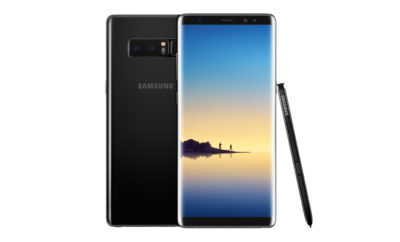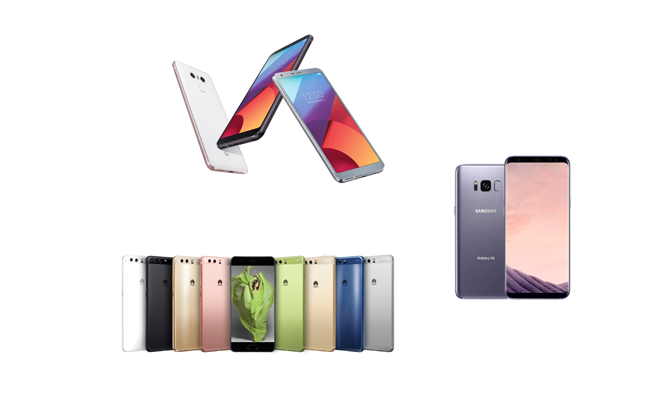
The Gen XY Lifestyle
The New Smartphone Power Trio
It’s the season for new smartphones – high end Android smartphones to be precise.
The LG G6, Huawei P10 and Samsung Galaxy S8 represent the best of what smartphone tech offers right now. Here’s what you can expect from three of the best money can buy.
LG G6
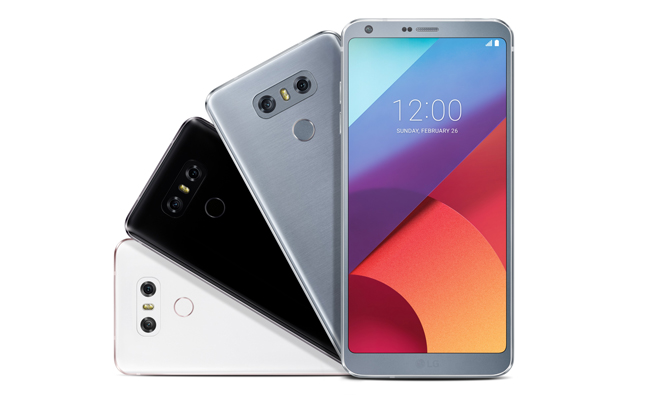
The first thing that will strike you is its unusual, 5.7-inch, 2,880 x 1,440 resolution display; a screen ratio of 18:9 versus the 16:9 that we’ve become so accustomed to. LG claims they’ve nailed the ergonomics with the G6, and the phone came up tops in tests conducted by ergonomics research teams from Pennsylvania State University and Yonsei University.
The G6 supports Dolby Vision and HDR 10 standards, not unlike their TV counterparts. They’re a little different though; for mobile devices at the moment, the magic done via software as opposed to hardware, and thus the requirements will be incomparable. But you can certainly expect more dynamic visuals once compatible content arrives.
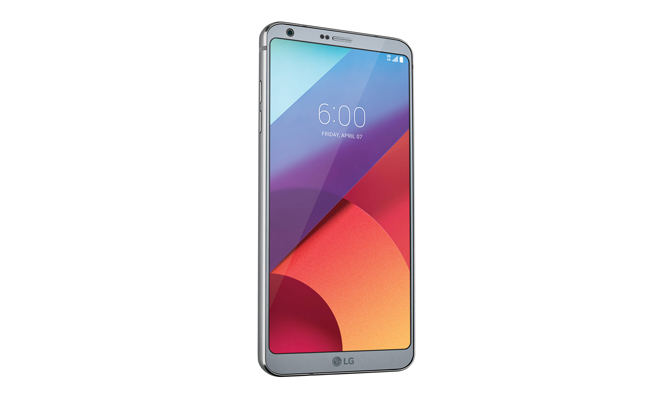
But more importantly, the G6 continues its dual camera tradition of including a secondary wide angle lens and features a number of improvements, especially in the user interface; for example, you can pinch to zoom and switch between the two lenses, and there’s a square mode for easy Instagram sharing that makes good use of its 2:1 screen ratio – essentially two squares. Some features include Square shot mode, which uses one square for image capturing and the other for preview in real time, while Match shot lets you take two shots side by side.
As with all new phones, the G6 will support Google’s AI – Google Assistant – but if you’re not interested in these sort of features, then the fact that the G6 has included IP68-class water and dust resistance in favour of having an interchangeable battery.
LG G6: S$988
Huawei P10
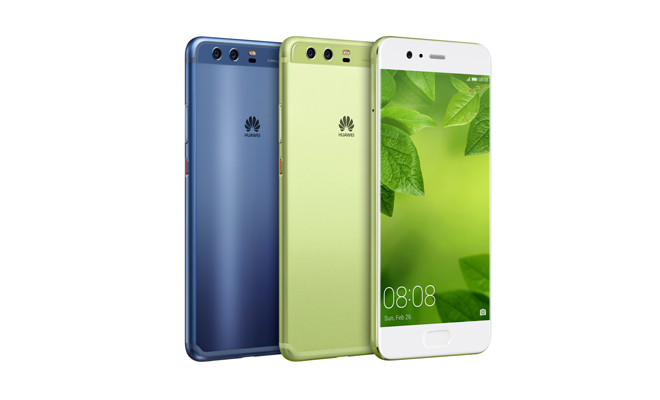
Huawei P10 keeps on in the grand tradition of dual Leica-designed cameras, now updated with new features such as a precise 3D facial detection technology that illuminates and enhances faces of portraits that you shoot. The 5.5-inch P10 Plus (the P10 is 5.1-inch) will also get the new Dual-Camera 2.0 Pro Edition, which features a newly-developed Summilux-H lenses with a larger f1.7 aperture and higher optical capability. It also features a Portrait mode a la the iPhone 7, although it has to be said this is achieved via software.
That aside, the P10 is fairly straightforward as high end smartphones go. The Kirin 960 processor is comparable to the class-leading processors from Qualcomm – the most prevalent line of processors in Android smartphones – and Huawei says its proprietary algorithm will keep your smartphone optimised and running as smoothly on day 365 just as it did on day 1.
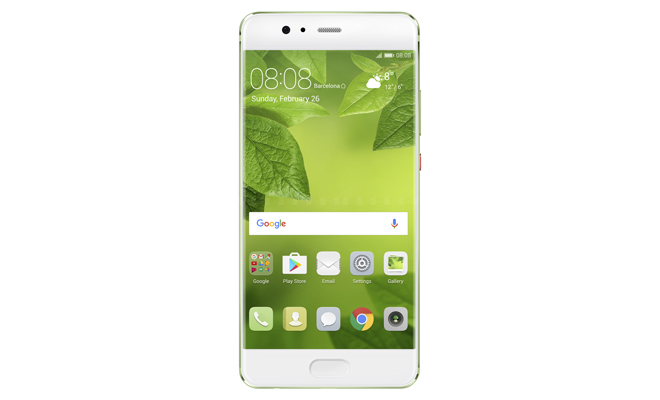
Aside, the 1080p display on the P10 and a quad-HD display on the P10 Plus are pretty conventional offerings, although the built-in storage and memory are particularly generous: 64GB storage and 4GB RAM on the P10 and 128GB and 6GB on the P10 Plus.
P10: S$798, P10 Plus: S$998
Samsung Galaxy S8

Regardless of what you think of the Note 7 debacle, everyone’s looking out for the latest S series phone. The S8 does not disappoint from the get-go as it’s going to be hard to miss that gorgeous wrap-around screen – unlike last year’s choice between the S7 and S7 edge, the S8 is all curved edges. You can choose between a conventional 5.8-inch screen or the S8+ with a massive 6.2-inch display. The fingerprint sensor has been moved to the back as a result. Like the LG G6, the S8 also has an unconventional screen ratio – 18.5:9.
The S8 is also certified Mobile HDR Premium, a new standard governing mobile HDR image quality. It’s still early days for mobile devices, but services like Netflix will be making HDR content compatible for these devices – future proofing is always good. The new Exynos 8895 processor is powerful enough to playback 4K video at 120fps; that’s some futureproofing there.
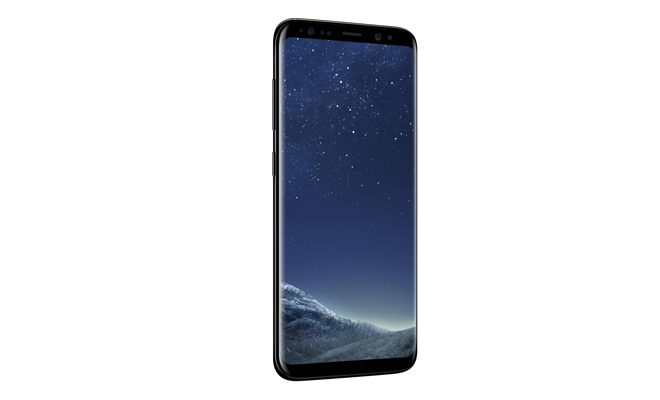
Unlike the G6 and the P10 however, the S8 has stuck to a single 12-megapixel Dual Pixel camera for better performance in poorly lit settings, while an improved front camera improves sharpness for selfies. The phone also has dual options when it comes to AI: you get Google Assistant as well as Samsung’s very own Bixby, which is set to be available later in the year. And speaking of smart, apart from the iris and fingerprint scanner, there’s also a facial recognition scanner, although it’s more for convenience and not intended to be used as a rigorous security feature – it cannot be used to validate e-payments.
This year’s S-series devices get a base storage boost up to 64GB, and come bundled with AKG headphones, which are usually accoutrements that you have to purchase separately.
S8: S$1,148, S8+: S$1,298



